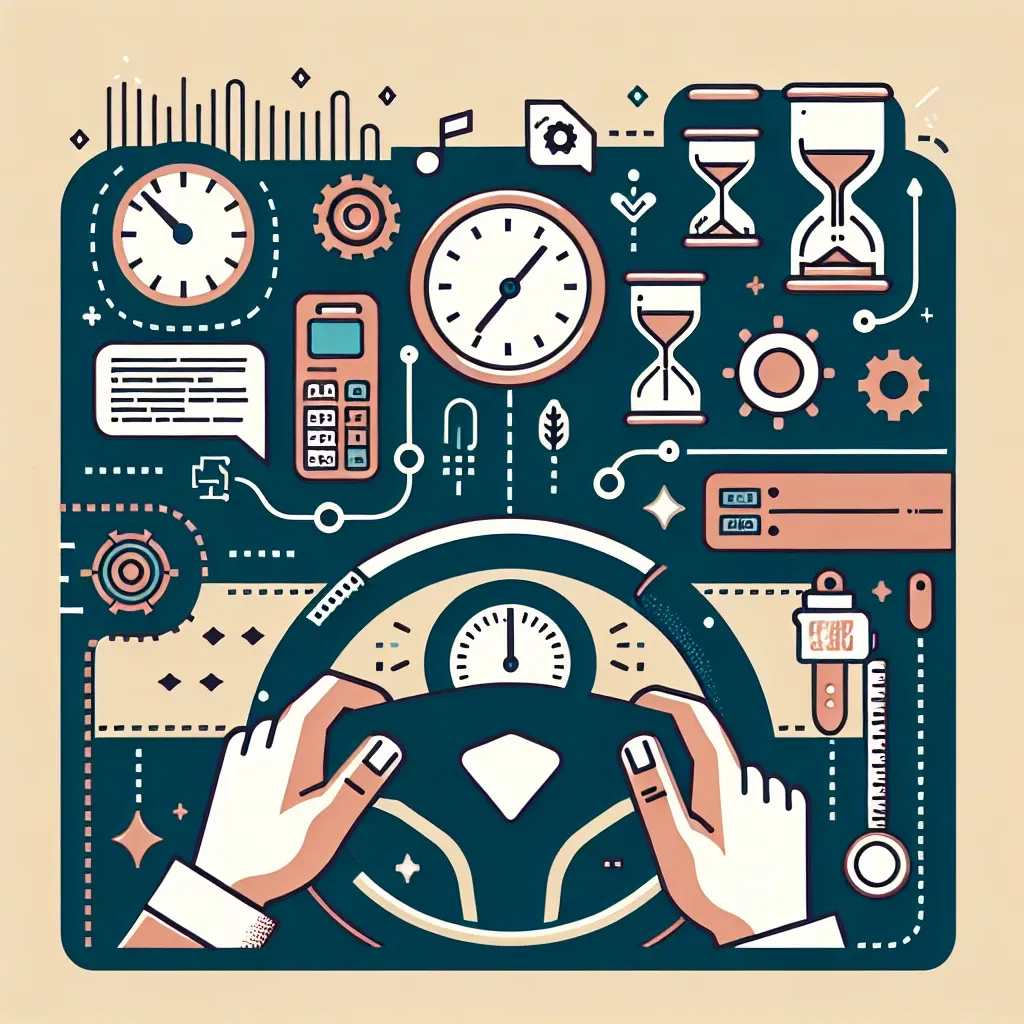How to Log Driving Hours?
Keeping an accurate log of your driving hours is crucial for several reasons, including ensuring regulatory compliance, monitoring personal driving habits, and improving overall driving efficiency. Whether you are a commercial driver needing to adhere to specific regulations or a learner driver logging practice hours, understanding how to log these hours properly is essential.
What Are Driving Hours?
Driving hours refer to the total time you spend operating a vehicle. For commercial drivers, these hours must be meticulously recorded to comply with laws that prevent fatigue and ensure safety. For learner drivers, logging hours is typically required to meet licensure requirements.
| Driver Type | Log Requirement | Purpose |
|---|---|---|
| Commercial Driver | Adherence to regulations | Prevent fatigue, ensure safety |
| Learner Driver | Documentation of practice hours | Meet licensure requirements |
Why Is Logging Driving Hours Important?
Logging driving hours offers numerous benefits:
- Compliance: Helps adhere to legal requirements and avoid penalties.
- Safety: Prevents overworking and reduces the risk of accidents due to fatigue.
- Skill Development: For learners, tracking hours ensures adequate practice time.
- Operational Efficiency: For commercial drivers, logging hours helps optimize routes and schedules.
Tools for Logging Driving Hours
There are several tools available that can help you effectively log your driving hours:
Manual Log Books
This traditional method involves recording driving hours on paper. While it’s straightforward and inexpensive, manual log books can be cumbersome and are prone to human error.
Electronic Logging Devices (ELDs)
ELDs are mandated for commercial drivers in many countries. These devices automatically record driving time, making it easier to comply with regulations.
Mobile Apps
A variety of mobile apps are available that offer intuitive interfaces for logging driving hours. These apps are particularly useful for learner drivers and small fleet operators.
How to Log Driving Hours Accurately
Accurate logging requires attention to detail and consistency. Here are some tips to ensure your logs are precise:
- Start and End Times: Record the exact start and end times for each driving session.
- Breaks: Note all breaks and durations to ensure compliance with rest-period regulations.
- Mileage: Document starting and ending mileage to track the distance covered.
- Annotations: Include any relevant remarks that might explain deviations or special circumstances.
Regulations to Keep in Mind
Different countries have various regulations regarding driving hours, especially for commercial drivers. It’s essential to be familiar with the specific laws that apply to you. For instance:
United States
- Hours of Service (HOS) Regulations: Limits driving time to 11 hours following 10 consecutive off-duty hours.
- 30-Minute Rest Break: Requires a 30-minute break after 8 cumulative hours of driving.
- 70-Hour Rule: Limits the total driving time to 70 hours in an 8-day period.
European Union
- Daily Driving Limit: Maximum of 9 hours per day, extendable to 10 hours twice a week.
- Weekly Limit: Maximum of 56 hours per week and 90 hours in any two consecutive weeks.
- Rest Periods: 45-minute breaks after 4.5 hours of driving, and daily rest periods of 11 hours (9 hours twice a week).
Practical Tips for Logging Driving Hours
Here are some practical tips to make the process easier:
- Stay Organized: Keep your logbook or app updated daily to avoid last-minute rushes.
- Automate When Possible: Use ELDs or apps to reduce manual entry errors.
- Regular Audits: Periodically review your logs to catch any discrepancies early.
- Backup Data: Ensure all logged data is backed up, whether using cloud storage or physical copies.
Conclusion
Logging driving hours is an essential practice for both commercial and learner drivers. By using the right tools and following best practices, you can ensure compliance with regulations, enhance safety, and improve driving skills. Stay organized and consistent in your logging processes to reap the full benefits.

